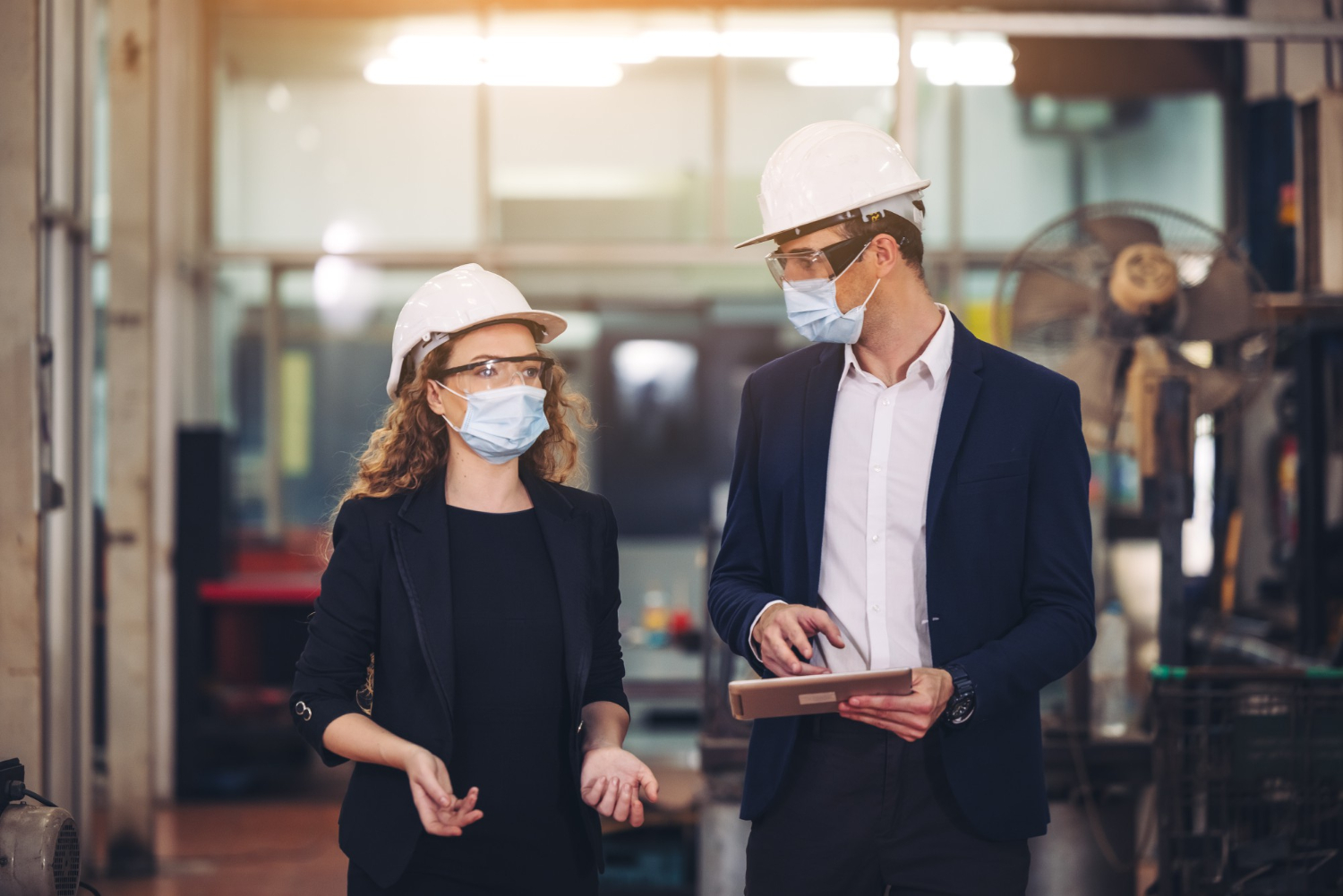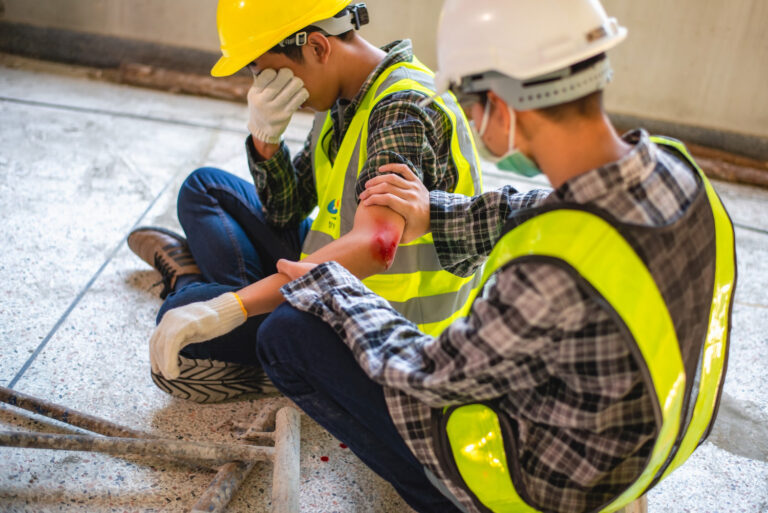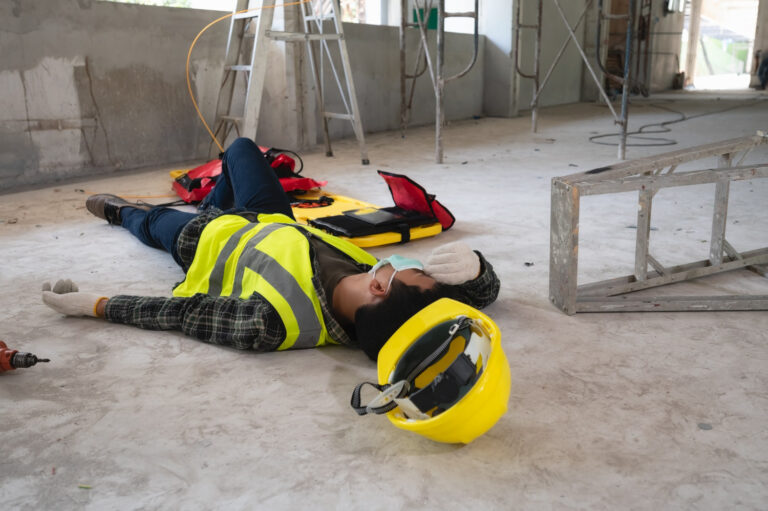Prevention of Construction Accidents
At LawOfficeOfBrianKelly, we deeply understand the challenges faced by construction workers. Every day, accidents on construction sites lead to injuries, disrupted lives, and financial strain. But what if there were straightforward ways to reduce these risks? In this article, I will share essential tips on how to prevent construction accidents and ensure a safer workplace for everyone.
On the authority of OSHA, use safety gear, provide proper training, and follow regulations. These steps reduce risks and keep workers safe. Always inspect sites for hazards.
Understanding Common Construction Hazards
Falls from heights, being struck by objects, electrocution, and being caught between objects are among the most common and dangerous hazards in construction.
At the simplest level, these dangers can cause serious injury or even death. To stay safe, it’s important to get proper training, follow safety rules, wear the right protective gear, and pay attention to your surroundings. Construction workers need to know the risks on a construction site and take steps to avoid accidents. Ignoring safety can have serious consequences for both the worker and the project.
To break it down, by being aware of common construction hazards and working to reduce risks, workers can make the site safer for everyone. Regular safety checks, good communication among team members, and following safety rules can help prevent accidents and keep the project on track. Everyone on a construction site is responsible for safety. By understanding and addressing common hazards, workers can help create a safer workplace for themselves and their colleagues.
Safety Training for Workers
Proper safety training for workers can reduce workplace injuries by up to 70%
Basically, by giving workers good training on safety rules and procedures, they can spot possible dangers and take steps to avoid them. This training should teach them how to use equipment properly, what to do in emergencies, and how to identify hazards. Employers need to keep updating and reinforcing this safety training so workers stay informed and ready for any situation.
In short, a safe workplace not only keeps workers safe but also boosts productivity and makes employees happier. Safety training helps cut down on sick days and employee turnover by fostering a safety-first mindset in the company. In short, investing in safety training is key to maintaining a safe and healthy workplace for everyone.
Using Proper Safety Equipment
Donning the right safety gear can dramatically reduce injury risk by up to 70%.
To break it down, the equipment you need depends on the task, but it often includes items like helmets, goggles, gloves, ear protection, and safety harnesses. Wearing the right safety gear can prevent injuries and accidents, lowering the chance of getting hurt whether at work or during activities like biking or skiing.
For instance, a helmet can protect your head if you fall or crash. Goggles shield your eyes from flying debris, chemicals, or strong winds. Gloves keep your hands safe from cuts, burns, or other injuries when working with sharp or dangerous materials. Ear protection is important in noisy places to avoid hearing damage.
To break it down, safety harnesses are essential for working at heights to prevent falls.
Even if a task seems easy or low-risk, always wear the proper safety gear. Accidents can happen without warning, and having the right equipment can prevent serious injuries. Make sure your safety gear fits well, is in good condition, and meets safety standards. Regularly check and maintain your gear to ensure it works when needed.
Using the right safety equipment is key to staying safe and avoiding injuries in different situations. Taking the time to wear the proper gear can greatly help in protecting yourself and others.
Implementing Safety Protocols
Implementing safety protocols can reduce workplace accidents by up to 70%.
In basic terms, here are some clear and simple guidelines to help prevent accidents and injuries at work. These safety rules make sure employees, customers, and the public stay safe.
First, it’s important to look for any possible dangers by doing a risk assessment. This helps find risks so the organization can address them and make proper safety rules. It’s also good to get employees involved in creating these rules to make sure they are practical and work well.
Training is very important. Employees need to learn and understand the safety rules. Good training helps them know what to do and how to act safely, especially in emergencies. It’s also smart to offer regular refresher courses to keep safety skills sharp and inform everyone of any new updates.
Good communication is also key. If you think about it, everyone should know the safety procedures and what they need to do to keep the workplace safe. Regular safety meetings and clear signs can help remind people of these rules and encourage them to follow them.
Regular checks are important too. The organization should inspect the safety procedures often to find any weak spots or areas to improve. Looking at incident reports, doing inspections, and getting feedback from employees can help make the safety rules better. It’s important to enforce these rules consistently and have clear consequences for not following them.
In short, setting up safety rules is a proactive step to keep everyone safe. By finding risks, providing training, communicating well, and regularly checking on these rules, organizations can help prevent accidents and keep people safe.

Regular Site Inspections
Regular site inspections are vital as they can reduce workplace accidents by up to 25%.
So to speak, inspections involve checking equipment, facilities, and processes to spot any potential hazards or problems that need fixing. By doing regular inspections, companies can prevent accidents, reduce downtime, and keep the workplace running smoothly. These checks also help ensure that all rules and industry standards are followed. Finding and fixing issues early on can help companies avoid expensive repairs, fines, or legal trouble.
Broadly speaking, regular inspections also boost overall performance and keep workflows running without disruptions. Inspectors should be well-trained and familiar with the site and equipment they are checking to effectively spot risks. Communication with staff is key to addressing any issues found and implementing solutions quickly.
The Final Thoughts
By implementing proper training programs, promoting a culture of safety, utilizing personal protective equipment, conducting regular inspections, and enforcing strict safety regulations, construction accidents can be significantly reduced.
What LawOfficeOfBrianKelly is suggesting to revisit is, safety should always be a top priority on construction sites to prevent injuries and ensure the well-being of workers.





